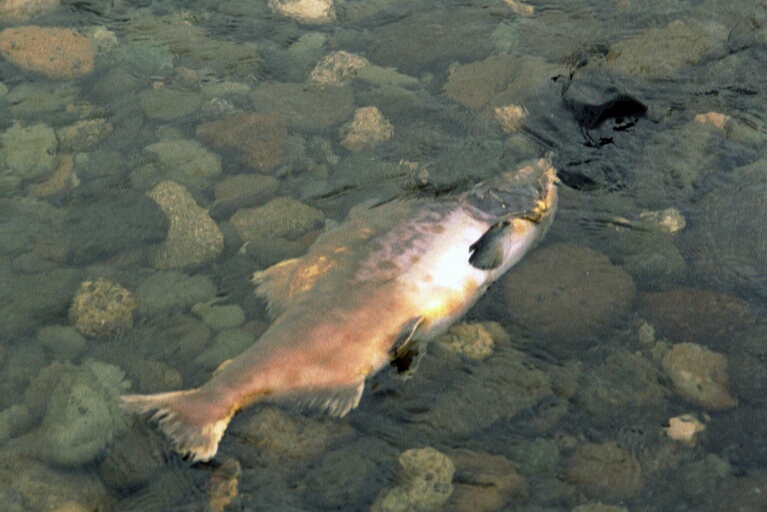
The cycle of the salmon is extremely important for the nature of Kamchatka. The spawning migration brings riches from the sea to distant valleys of the Interior. Rich aquatic and terrestrial ecosystems revolve around the return of the seagoing fish. Any nutrients that remain in the river fertilize algae and other aquatic life, giving an enormous, vital boost to the river's food chain.
Scavengers large and small gather at the rivers to feast on the carcasses of salmon. No one of them can rival with Steller's sea eagle in beauty and majesty. With the stretch of wings of up to 2.5 meters it is the biggest kind of eagle in the world. But the mighty bird is a bad hunter. It feeds mostly on dead mammals and fish.
